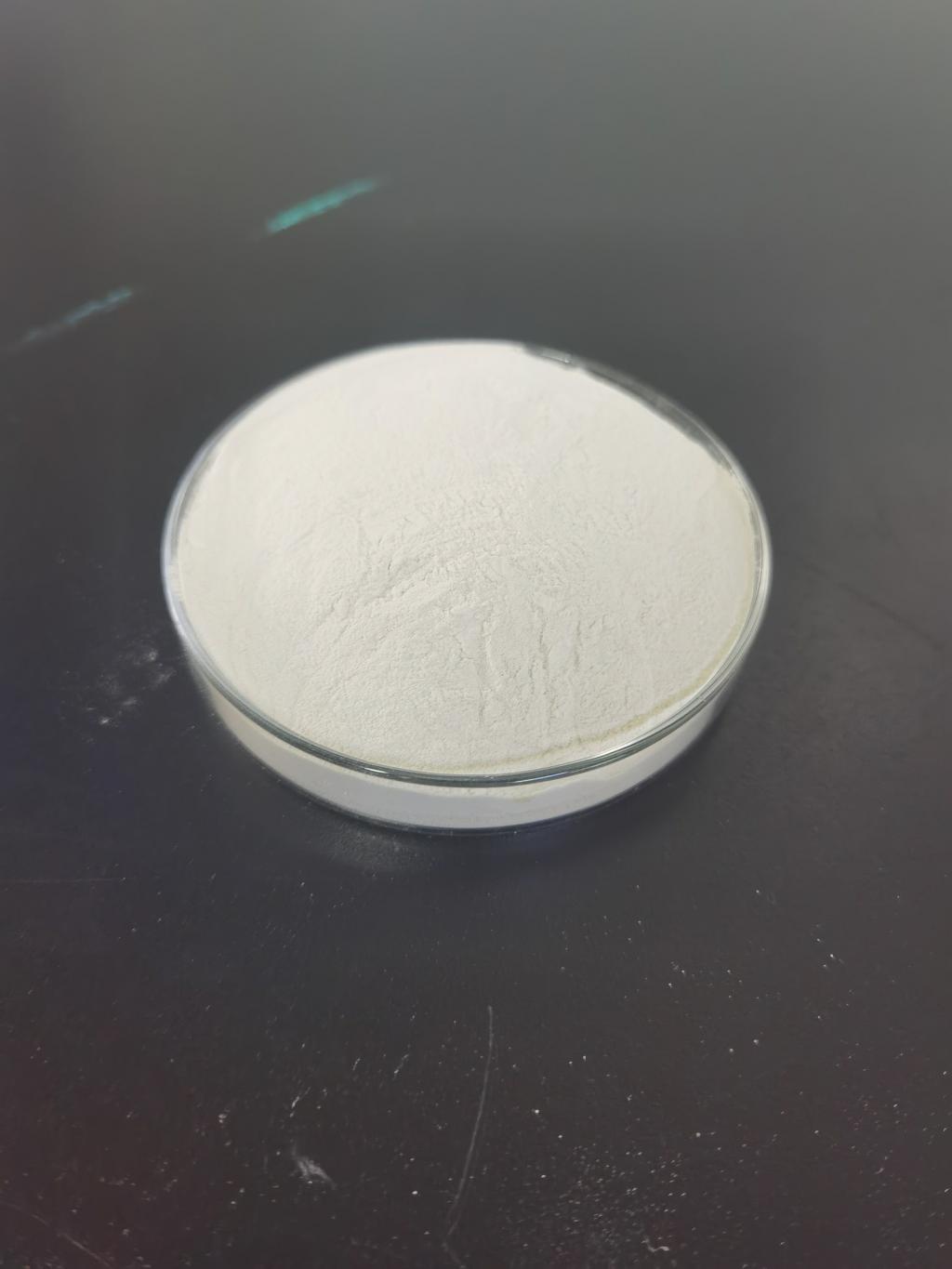Tel:+8618231198596

News
 CONTACT
CONTACT
 CONTACT
CONTACT
- Linkman:Linda Yao
- Tel: +8618231198596
- Email:linda.yao@dcpharma.cn
- Linkman:CHARLES.WANG
- Department:Overseas
- Tel: 0086 0311-85537378 0086 0311-85539701
News
Current Position:
Home >
News
>Incorporating Nisin into packaging materials for extended food shelf-life.
Incorporating Nisin into packaging materials for extended food shelf-life.
TIME:2024-05-09
Nisin: An Overview:
Nisin is a natural antimicrobial peptide produced by certain strains of lactic acid bacteria, particularly Lactococcus lactis. It has been widely studied and utilized as a food preservative due to its broad-spectrum antimicrobial activity against Gram-positive bacteria, including foodborne pathogens such as Listeria monocytogenes. Nisin is Generally Recognized as Safe (GRAS) by regulatory authorities, making it suitable for use in food products.
Incorporating Nisin into Packaging Materials:
The incorporation of nisin into packaging materials offers several advantages over traditional methods of food preservation. By integrating nisin directly into the packaging matrix, it can be released gradually over time, providing continuous antimicrobial protection to the enclosed food products. This approach minimizes the need for additional preservatives and reduces the risk of direct contact between antimicrobial agents and food, addressing consumer concerns about chemical residues.
Methods of Incorporation:
There are several methods for incorporating nisin into packaging materials, including physical blending, coating, and immobilization. Physical blending involves mixing nisin powder or solution with the packaging polymer during the manufacturing process. Coating techniques involve applying a nisin-containing layer onto the surface of the packaging material. Immobilization methods entail trapping nisin within the structure of the packaging material through chemical or physical interactions.
Benefits of Nisin-Incorporated Packaging:
Extended Shelf Life: The antimicrobial activity of nisin helps inhibit the growth of spoilage microorganisms and pathogens, thereby extending the shelf life of packaged foods.
Enhanced Food Safety: By reducing microbial contamination, nisin-incorporated packaging enhances the safety of food products, reducing the risk of foodborne illnesses.
Natural and Safe: Nisin is a natural antimicrobial agent with a long history of safe use in food preservation, making it a preferred choice for consumers seeking clean-label products.
Reduced Food Waste: Longer shelf life resulting from nisin-incorporated packaging can help reduce food waste by minimizing the premature spoilage of perishable foods.
Challenges and Considerations:
While the incorporation of nisin into packaging materials holds promise for improving food safety and shelf life, several challenges and considerations need to be addressed. These include ensuring the stability and uniform release of nisin from the packaging matrix, optimizing the concentration of nisin to achieve the desired antimicrobial effect without affecting food quality, and addressing regulatory requirements for the use of antimicrobial agents in food packaging.
Future Perspectives:
The integration of nisin into packaging materials represents a promising approach for enhancing food safety and extending shelf life. Future research efforts should focus on optimizing the incorporation process, exploring novel packaging materials with improved nisin release properties, and evaluating the consumer acceptance and market feasibility of nisin-incorporated packaging solutions.
Conclusion:
Incorporating nisin into packaging materials offers a novel and effective strategy for extending the shelf life of perishable foods while enhancing food safety. By leveraging the antimicrobial properties of nisin, food manufacturers can reduce reliance on chemical preservatives and provide consumers with safer and more sustainable food products. Continued research and innovation in this area are essential for realizing the full potential of nisin-incorporated packaging in the food industry.
- Tel:+8618231198596
- Whatsapp:18231198596
- Chat With Skype







